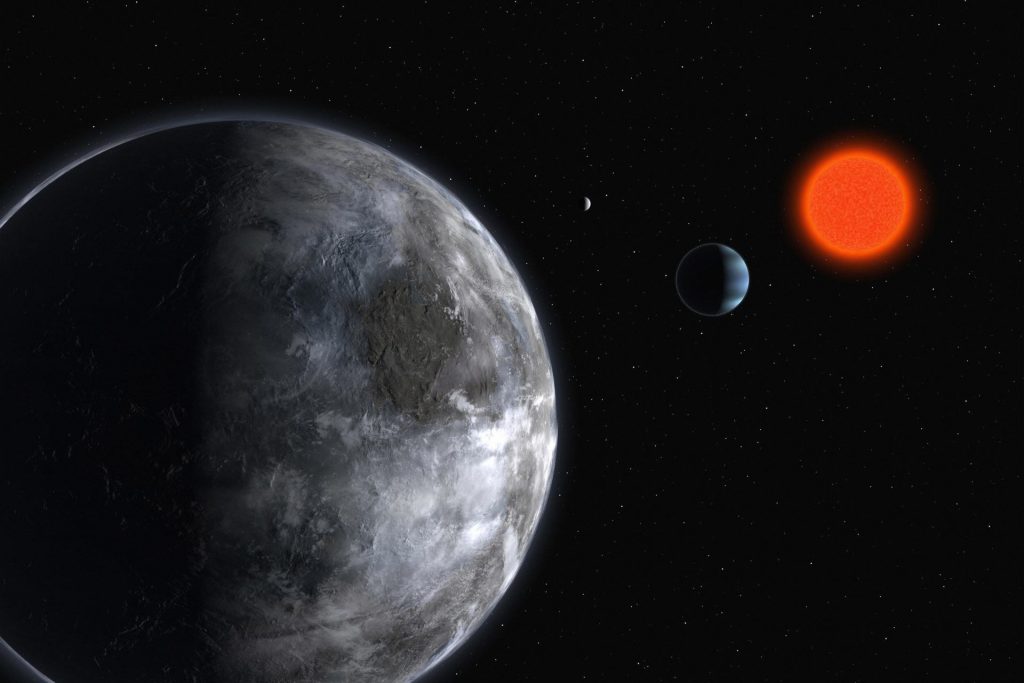Scientists have unveiled a stunning possibility: Ceres, the small dwarf planet nestled within the asteroid belt between Mars and Jupiter, may have once harbored the perfect conditions for life—making it a compelling cosmic candidate in our quest for extraterrestrial existence.
Ceres: Once Overlooked, Now Intriguing
For many years, Ceres was little more than a cosmic footnote—a chilly, rocky body orbiting silently among asteroids. But renewed attention has turned headlines toward this diminutive world. What was once dismissed as lifeless terrain might now be one of the most fascinating destinations in astrobiological research.

Clues from the Past: Water, Salt, and Hidden Heat
At the heart of this revelation lies data collected by NASA’s Dawn spacecraft. It returned images of highly reflective patches across Ceres’s surface—bright streaks that hinted at salt deposits. But perhaps more intriguingly, analyses of these features suggested remnants of a subsurface salty ocean. Coupled with this was the detection of organic-like compounds embedded beneath the surface—fundamental elements often linked to life.
Even more captivating was the simulation of Ceres’s internal dynamics. It appears that billions of years ago, radioactive elements within its core generated enough heat to trigger hydrothermal activity—jetting mineral-rich, warm water into the overlying ocean. On Earth, environments such as deep-sea vents thrive with life precisely because of these interactions between heat, minerals, and liquid water.
Possibility, Not Confirmation
To be sure, there’s no direct confirmation that any life ever existed on Ceres. The scenario remains purely theoretical—but deeply tantalizing. The ingredients were all potentially there: liquid water, organic materials, and a mechanism to generate energy. It’s as though Ceres briefly adopted conditions that mirror the cradle of life on our own planet.
Today, however, Ceres is ruled by bitter cold, with surface temperatures plummeting to bone-chilling lows. The warmth is long gone, hydrothermal activity has ceased, and the once-active subterranean ocean is now frozen in time beneath icy layers.
A Paradigm Shift in Searching for Life
This revelation reshapes how scientists consider habitable worlds. Instead of looking solely at moons of gas giants or distant exoplanets, attention now turns to seemingly mundane bodies like Ceres. These small, icy worlds may have outnumbered and outlasted other environments capable of supporting life early in the solar system’s history.
If life ever flourished—even in microbial form—on Ceres, it suggests that many similarly overlooked bodies could have been temporary life havens. In effect, our own cosmic neighborhood may be littered with relics of once-active ecosystems—not distant star systems, but just within reach.

What’s Next?
The incredible possibility that Ceres briefly mirrored environments conducive to life makes it a priority for future investigations. Missions could be designed to probe the crust, retrieve subsurface samples, and search for lingering chemical signatures of life.
If evidence were ever found—faint traces of microbial ecosystems that once thrived beneath Ceres’s icy mantle—it would revolutionize our understanding of life’s distribution in the universe. Humanity may then realize that life isn’t rare or tied to Earth-like planets alone, but could periodically emerge wherever water, energy, and chemistry align—even on the smallest, coldest worlds.

















